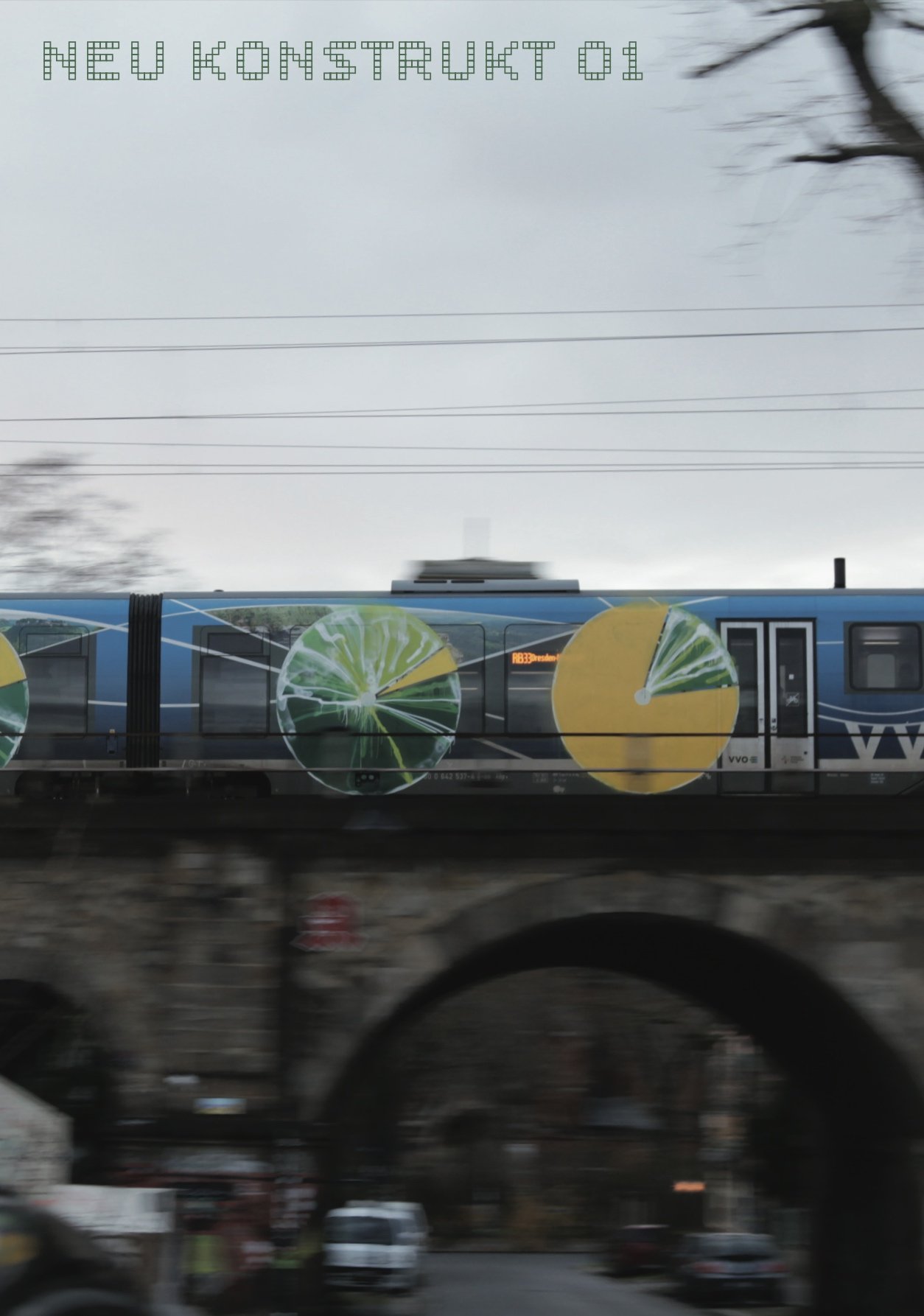NEU KONSTRUKT
Design for Neu Konstrukt
Artwork by Anonymous et al.
Texts by Dr Lachlan Macdowall, Dr Harald Hinz & Richard Keville
Softcover, 68 pp, 2024
Limited first edition (500)
Available at Hitzerot, Berlin, Germany.
In the early 1970s graffiti writers in New York moved their major painting activities to the trains of the city’s subway net. In doing so letter pieces developed as the main works of graffiti writing which has been exported throughout the world within the next decade. But what if this step didn’t happen? NEU KONSTRUKT (new construct) deals with the scenario of namewriting having never switched to trains as preferred medium for painting and instead reaches back into a forgotten past of train painting released at the beginning of Modernism.
“What could train graffiti look like outside the tradition of the blazing ego-tags and eye-popping murals from 50 years ago but closer to the abstract strangeness and calm graphic purity that emerged 50 years before that?”
Indeed trains have been the surface of creative expression in history when abstract and Constructivist artists like Kazimir Malevich or El Lissitzky were commissioned to paint propaganda agit-trains in the 1920s, as Australian graffiti researcher Lachlan MacDowall points out in the book’s introduction. How would a continuation of abstract geometric art on trains look like today? The 68-paged publication offers an answer to this question in works on German and Italian commuter trains.
“The Neu Konstrukt works contain reference points to Constructivist aesthetics and composition, yet they are removed from the traditional gallery/art world context and historical-political foundation.”
Art historian Dr. Harald Hinz and urban art researcher Richard Keville add thoughts on the Constructivist inspired train works and their context in the essay Neu-Konstrukt / Re-Konstrukt, unpacking the theoretical and aesthetic relationship between the Neu Konstrukt works and the Constructivist movement. The shown works are mainly presented as frontal shots without any disturbing elements and sometimes even in close-ups. A smaller chapter at the end features new arrangements of the works which occurred due to reconfiguration of wagons or partial buff from the train company.
